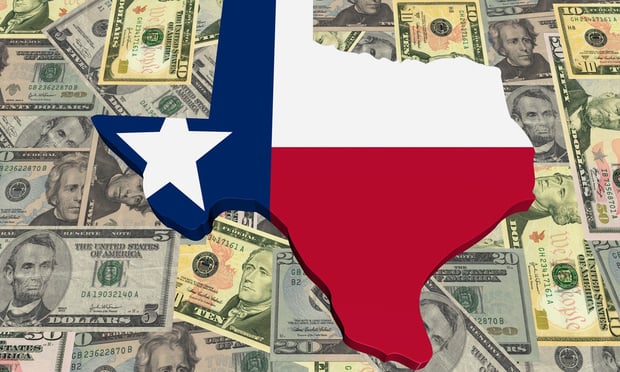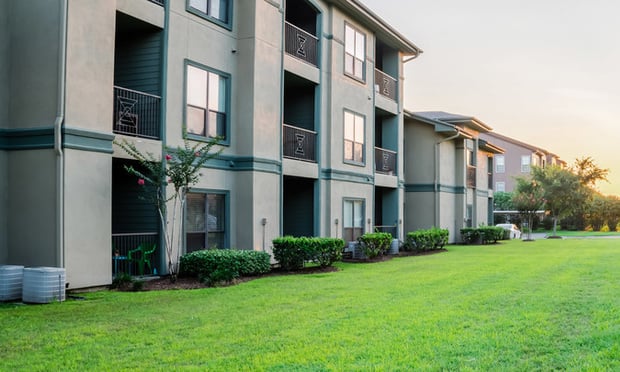 In 2019, Dallas added 19.5 million square feet in 55 buildings (credit: Krystal Kwok).
In 2019, Dallas added 19.5 million square feet in 55 buildings (credit: Krystal Kwok).
DALLAS—The nation has experienced one of the longest economic expansions in history following the financial crisis of 2008. Production and consumption continue to climb higher and as a result, industrial property construction continues to increase as well.
CommercialCafe just released its 2020 industrial pipeline study with two lists: the top 10 industrial projects expected in 2020 and the 10 biggest projects of 2019. The study found that industrial property construction added 144 million square feet across 441 properties last year with Inland Empire, Dallas and Chicago on top, each of which contributed more than 14 million square feet of industrial space.
Using data from Yardi Matrix, the study looked at how much industrial space is expected to be added in 2020. As of February 27 when the data was extracted, industrial property completions were set to increase by 29% compared to last year, to 186 million square feet across 627 properties. Healthy consumer demand, historically low interest rates and a shakeup in global supply chains are driving the need for more manufacturing and warehouse space, provided the recent pullback is short-lived.
Here are some key takeaways from the study:
- Dallas is expected to be the second most active industrial market this year after Inland Empire. In Dallas, 75 buildings totaling 23.5 million square feet are scheduled to be delivered to the market in 2020, 23% more than last year. Buildings 1-4 of Passport Park in Irving will add 2 million square feet of new space for the sixth-biggest US industrial project of the year.
- In 2019, Dallas added 19.5 million square feet across 55 buildings, more than any of the other markets in the study. Building C of Commerce 30, the largest US industrial project of 2019, contributed to this total with 2.3 million square feet.
- Overall, US industrial property completions are set to increase by 29% compared to last year, at 186 million square feet across 627 properties.
"Dallas-Fort Worth is projected to add 21% more industrial square footage over last year. However, Inland Empire is seeing a 66% increase over 2019's completions. To be sure, growing at more than 20% is impressive but Inland Empire, at least this year, is set to grow by a much larger margin," Patrick McGregor, the author of the study, tells GlobeSt.com. "Dallas-Fort Worth benefits from its massive size, growing population and DFW International Airport. It's also relatively decentralized with many industrial nodes and corridors, as opposed to other cities like Denver, northeast of downtown extending east to Aurora or Atlanta's Norcross, Fulton Industrial District and South Atlanta."
Want to continue reading?
Become a Free ALM Digital Reader.
Once you are an ALM Digital Member, you’ll receive:
- Breaking commercial real estate news and analysis, on-site and via our newsletters and custom alerts
- Educational webcasts, white papers, and ebooks from industry thought leaders
- Critical coverage of the property casualty insurance and financial advisory markets on our other ALM sites, PropertyCasualty360 and ThinkAdvisor
Already have an account? Sign In Now
*May exclude premium content© 2025 ALM Global, LLC, All Rights Reserved. Request academic re-use from www.copyright.com. All other uses, submit a request to [email protected]. For more information visit Asset & Logo Licensing.








